Boat Navigation Problems and Solutions. An Easy Fix. Or is it?
Navigating a boat safely and efficiently is crucial for any boater. Whether you're cruising on calm lakes, exploring coastal waters, or venturing into the open sea, proper navigation is essential for avoiding hazards and reaching your destination safely. Navigating a boat can be challenging, especially in unfamiliar waters and adverse weather conditions when technical issues arise. Let us explore the common boat navigation problems and how to solve them. Let's also take a look at the types of products that every boater should consider necessary to enhance their navigation experience and skills.
Common Boat Navigation Problems
Navigating a boat involves much more than just steering the vessel; it requires careful planning, skillful use of navigation tools, and constant awareness of changing conditions. Below are some common navigation problems faced by boaters, along with practical solutions.
1. Poor Visibility and Fog
One of the most common challenges boaters face, particularly in coastal or riverine environments, is reduced visibility caused by fog, rain, or low light. Poor visibility can make it difficult to spot hazards such as other boats, buoys, reefs, or shallow areas, and can also make it hard for others to see your boat.
Solution:
-
Radar Systems: Installing a radar system is one of the most effective ways to navigate safely in poor visibility. Radar systems use radio waves to detect nearby objects and show them on a screen through fog or rain. This can help you identify nearby boats, landmasses, or obstacles, and avoid collisions.
Recommended Product: Garmin products or Furuno DRS Series Radar. -
Navigation Lights: When visibility is low, make sure your boat’s navigation lights are in good working order. These lights help other vessels see you and help you determine the direction of nearby boats. Recommended Product: Perko LED Navigation Lights.
-
Sound Signals: In foggy conditions, sound signals are essential. A sound signal device, such as a horn or whistle, allows you to signal your position to other boats. Many boats are required to have a sound-producing device onboard, especially in areas with frequent fog. Recommended Product: Attwood 12V Marine Horn
2. Navigating in Unfamiliar Waters
Navigating in unfamiliar waters is a common challenge, especially when boating in new areas or exploring remote destinations. Without knowledge of the waterway’s layout, potential hazards, depth, and other vessels, there’s a risk of running aground, colliding with submerged objects, or getting lost.
Solution:
-
Electronic Chartplotters: An electronic chartplotter is a must-have tool for modern boat navigation. Chartplotters combine GPS, sonar, and electronic charts to display your boat's exact location on digital maps. They allow you to plot courses, mark waypoints, and navigate safely even in unfamiliar waters. Recommended Product: Raymarine Axiom series.

-
Mobile Navigation Apps: Many boaters rely on mobile navigation apps for added convenience and to supplement their primary navigation system. These apps can provide real-time maps, weather updates, and even detailed marine charts, making them perfect for both novice and experienced boaters. Recommended Product: Navionics.
-
Marine Maps and Paper Charts: While electronic devices are reliable, it’s always a good idea to have traditional paper charts as a backup. These charts can be used for manual navigation, especially in the event of a technical failure or when out of signal range.
3. GPS Signal Loss
Modern navigation systems, such as GPS, are invaluable tools for boaters. However, GPS devices rely on satellite signals, and these signals can be obstructed by large landmasses, tall buildings, or dense forests. GPS signal loss can cause navigation errors, and without a signal, boaters may struggle to determine their location.
Solution:
-
Dual-Band GPS Systems: To prevent GPS signal loss, consider investing in a dual-band GPS system. These systems can receive signals from multiple sources and use them to provide more accurate location data. This is particularly useful when navigating in areas where signals might be blocked, such as near tall structures, cliffs, or in narrow channels. Recommended Product: Garmin GPSMAP.
-
Back-Up GPS Devices: It’s always a good idea to have a backup GPS system in case your primary device fails or loses signal. A handheld GPS or even a smartphone with GPS capabilities can serve as an emergency backup.
4. Current and Tidal Changes
The tides and currents play a significant role in boat navigation, especially in coastal waters or areas with large rivers. These natural forces can affect your boat’s speed, course, and the amount of time it takes to reach your destination. Misjudging tidal schedules or not accounting for strong currents can lead to navigation difficulties, especially in shallow areas where tides significantly affect water depth.
Solution:
-
Tide and Current Predictors: To mitigate the challenges of currents and tides, many boaters use tide and current predictor devices or apps. These tools provide real-time data on tidal changes, allowing boaters to plan their trips accordingly and avoid areas with low water levels or strong currents.
-
Chartplotters with Tidal Data: Many chartplotters now come preloaded with tidal and current data, allowing boaters to easily see the effects of tides and currents on their navigation. These systems can help you avoid running aground or getting caught in strong currents. Recommended Product: Garmin GPSMAP, Raymarine Axiom Pro.
5. Mechanical Failures
Mechanical failures, such as engine breakdowns or issues with the boat’s steering, are inevitable challenges that can arise at any time. When these failures occur while you’re out on the water, your navigation becomes significantly more difficult. Without the ability to steer or power your boat, it can be challenging to reach your destination or avoid obstacles.
Solution:
-
Autopilot Systems: An autopilot system can be a lifesaver when your boat's steering or engine fails. Autopilot systems can help you maintain a set course without manually steering, allowing you to conserve energy and navigate more easily. Recommended Product: Raymarine EV-100.
-
VHF Radio: A reliable VHF marine radio is an essential tool in case of mechanical failure. It allows you to call for help, contact nearby boats, or communicate with the coast guard. Recommended Product: Raymarine VHF Radios.
-
Spare Parts and Tools: Ensure you have basic spare parts and tools on board, such as fuses, spare fuel filters, propellers, and other essential engine components. This can help you address minor mechanical issues and get back on track quickly.
6. Nighttime Navigation
Navigating a boat at night presents unique challenges. Darkness can significantly reduce visibility, and it can be difficult to identify navigation aids such as buoys or markers. Moreover, other boats might be harder to see, increasing the risk of collision.
Solution:
-
Night Vision and Thermal Cameras: Night vision and thermal cameras can help boaters see objects in low light or darkness, significantly enhancing safety while navigating at night. These systems detect heat signatures from other boats, obstacles, and landmasses, even in total darkness.
-
Enhanced LED Lighting: Upgrade your boat’s lighting to ensure better visibility and to make it easier for other boaters to spot you. In addition to basic navigation lights, consider installing LED floodlights or deck lights for better illumination on the water. Recommended Product: Hella Marine LED Floodlights, Perko LED Navigation Lights.
Essential Products for Navigation Success
Now that we've discussed some of the most common navigation problems, let's review the essential products every boater should consider.
- Chartplotters and GPS Systems: Whether it's a high-end plotter or a portable GPS, these devices are the cornerstone of modern navigation.
- Radar Systems: A radar system helps navigate in poor visibility and detect obstacles.
- Tide and Current Prediction Tools: Apps and devices that provide tidal data can help prevent navigation mistakes.
- VHF Radios: Stay connected to others on the water and call for help if needed.
- Autopilot Systems: For longer trips, an autopilot can ensure consistent navigation.
- Night Vision and Thermal Cameras: Essential for navigating safely at night.
In Conclusion
Boat navigation can be challenging, but with the right knowledge and tools, you can navigate safely and confidently. Understanding the common navigation problems and knowing how to solve them with the appropriate products will not only improve your boating experience but also ensure the safety of everyone on board. From radar systems to chart plotters, GPS devices, and backup tools, the right investment in navigation technology can make all the difference on the water. Whether you're navigating through fog, unfamiliar waters, or at night, these solutions and products can help overcome obstacles and enjoy a safe and successful boating experience.
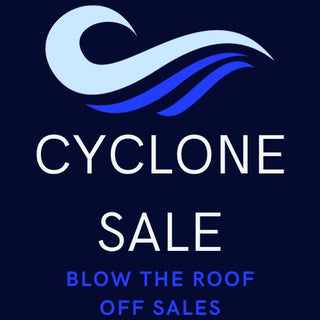
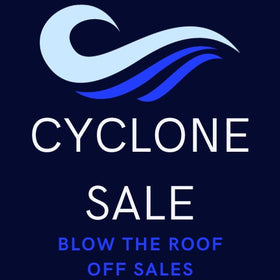
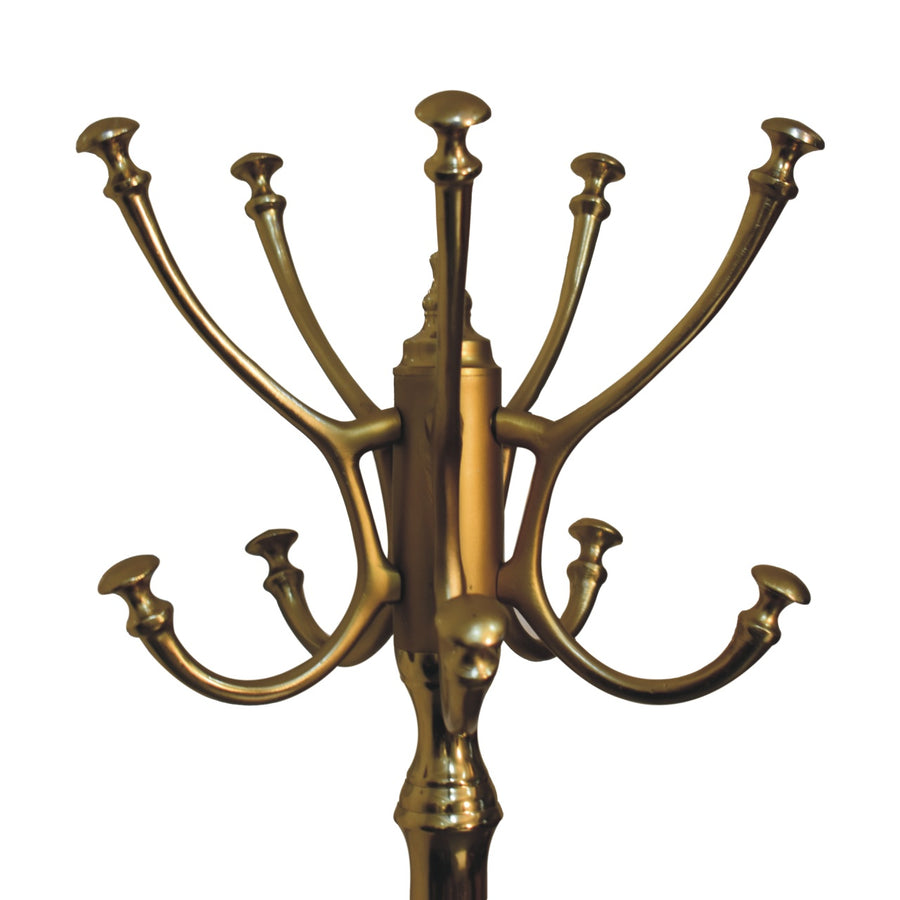
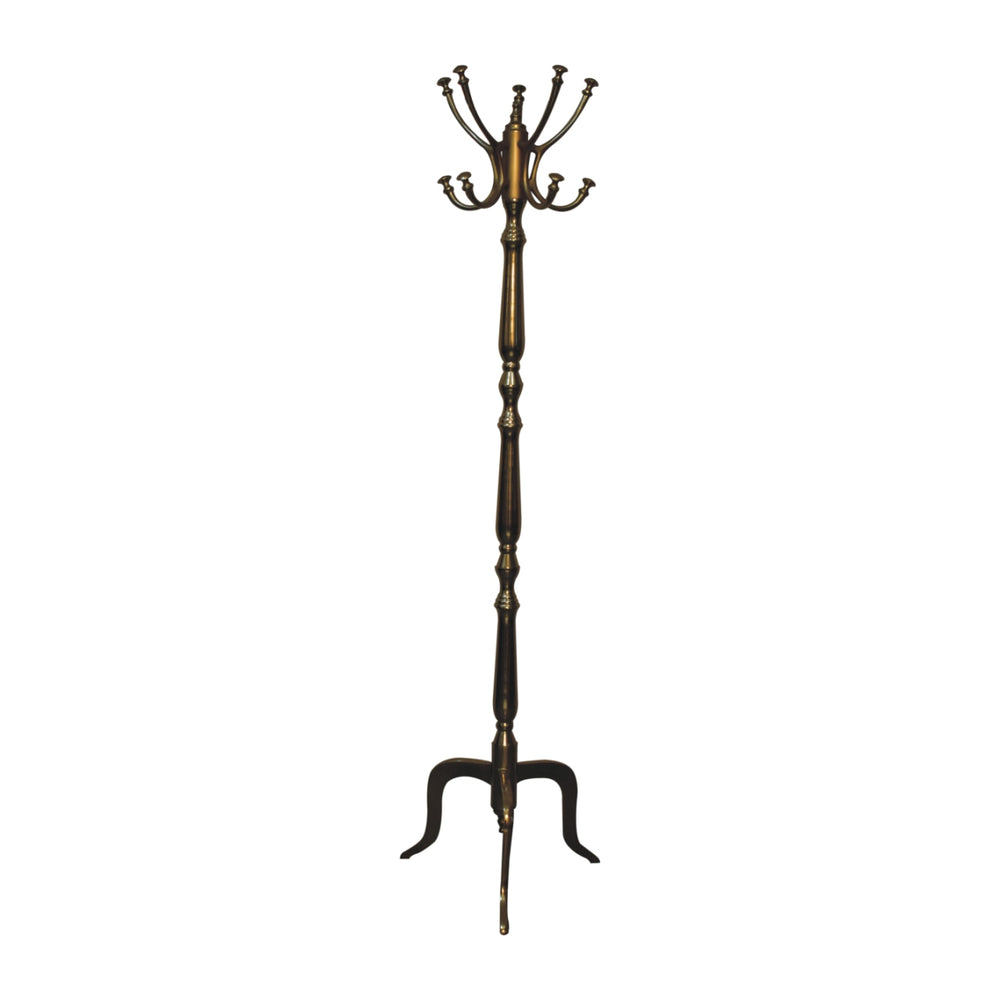
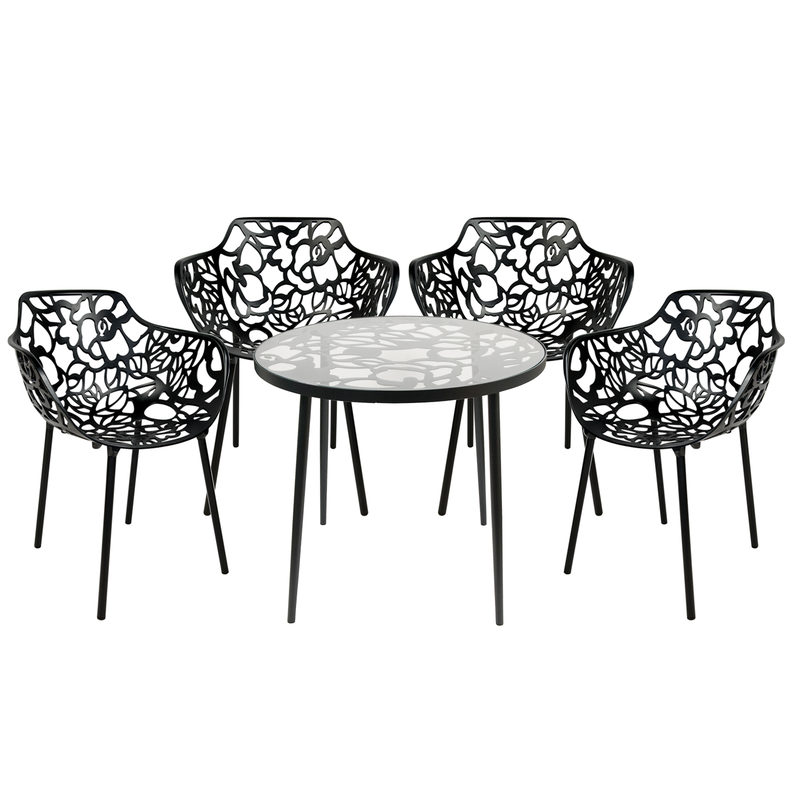
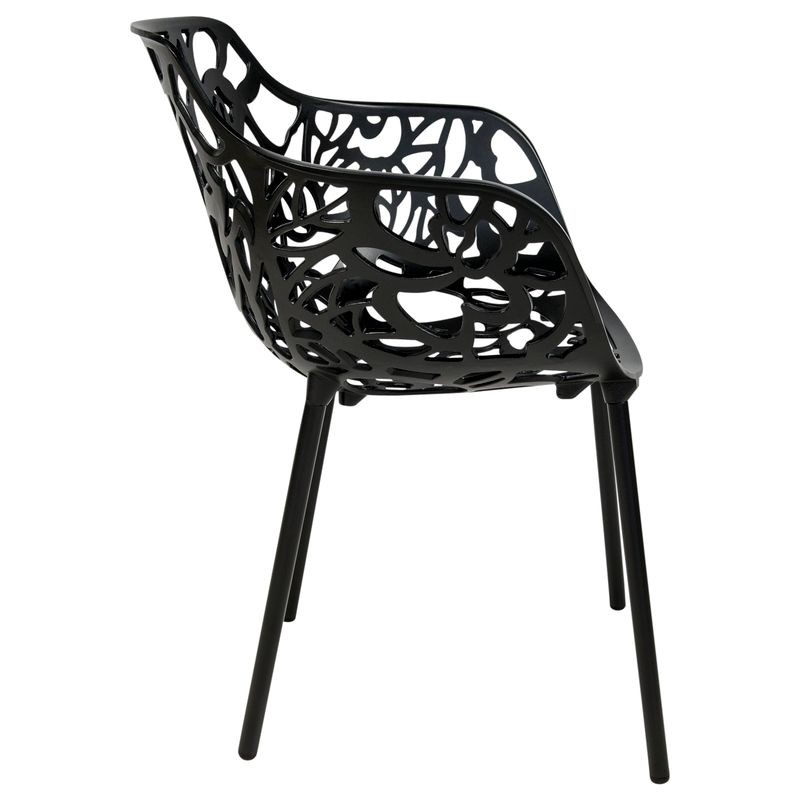
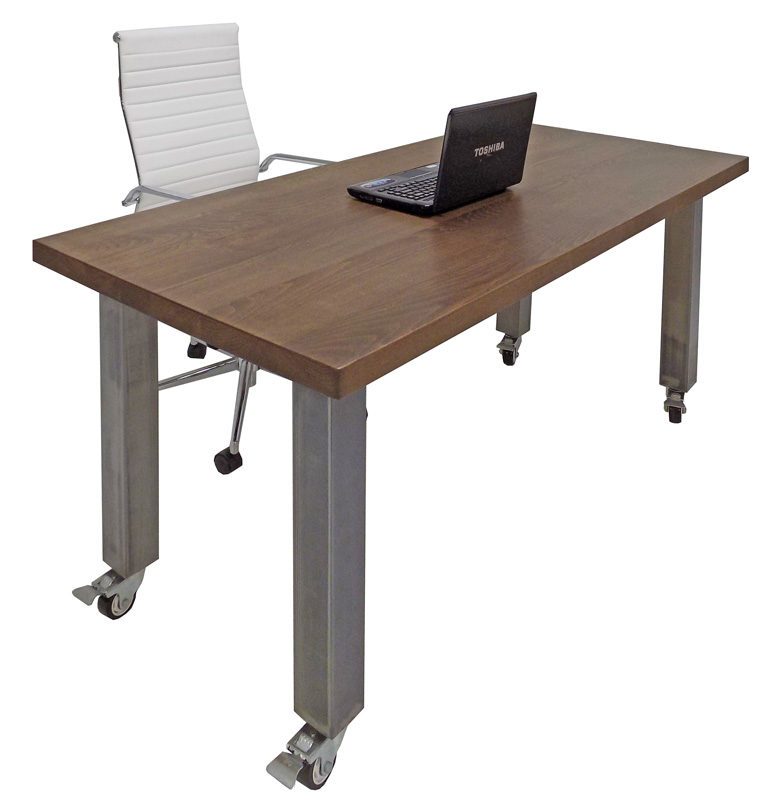
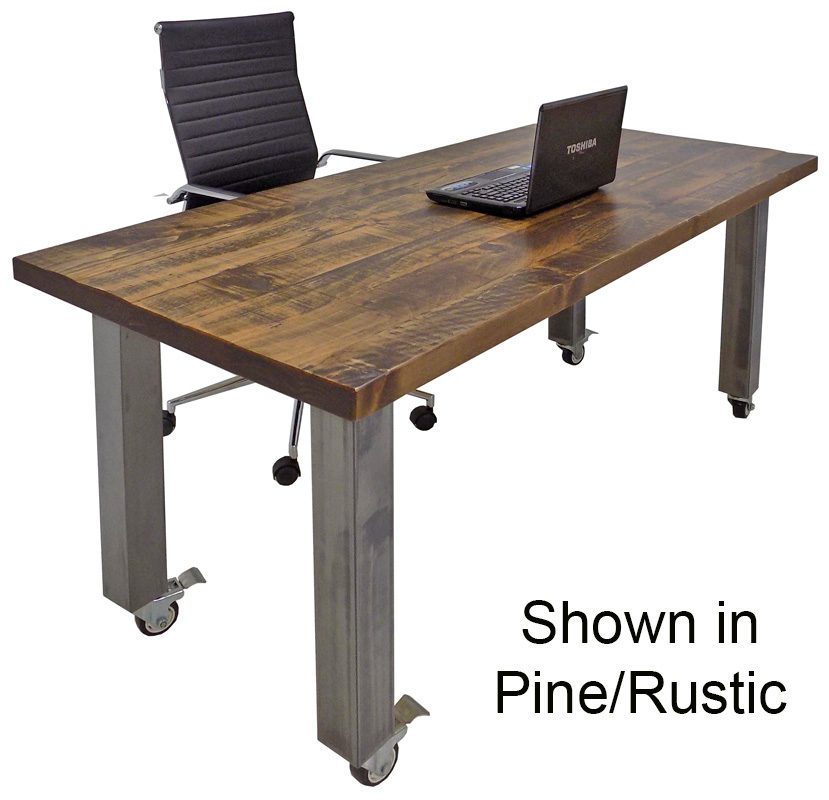
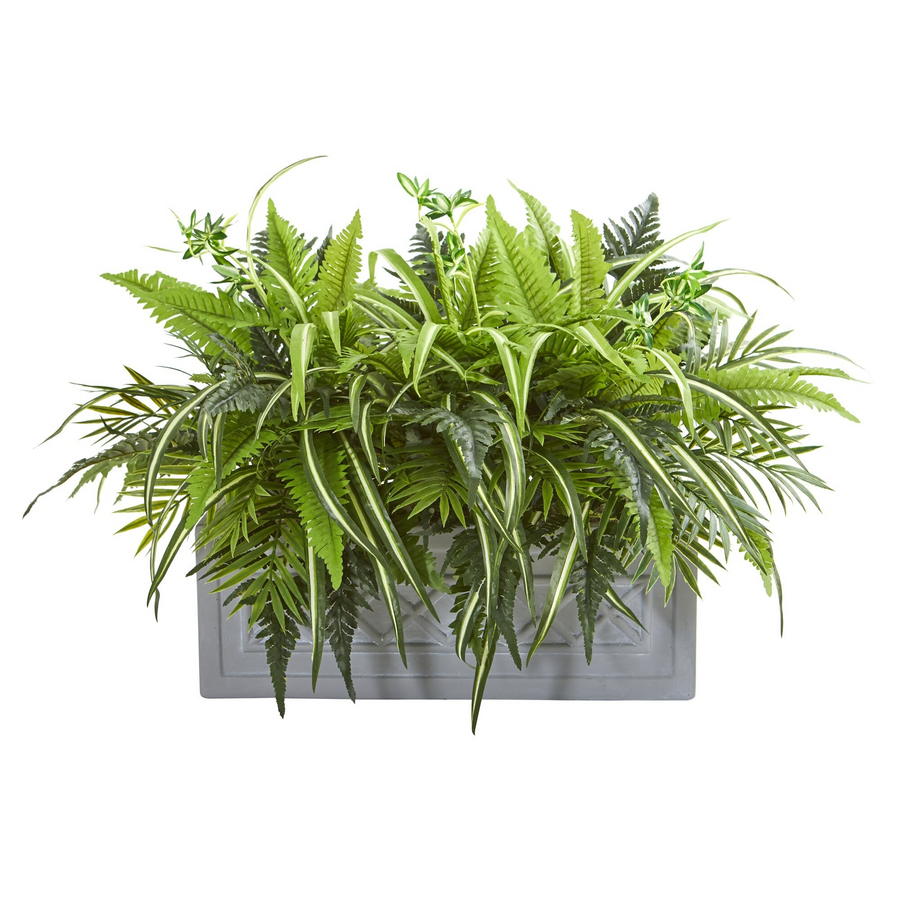

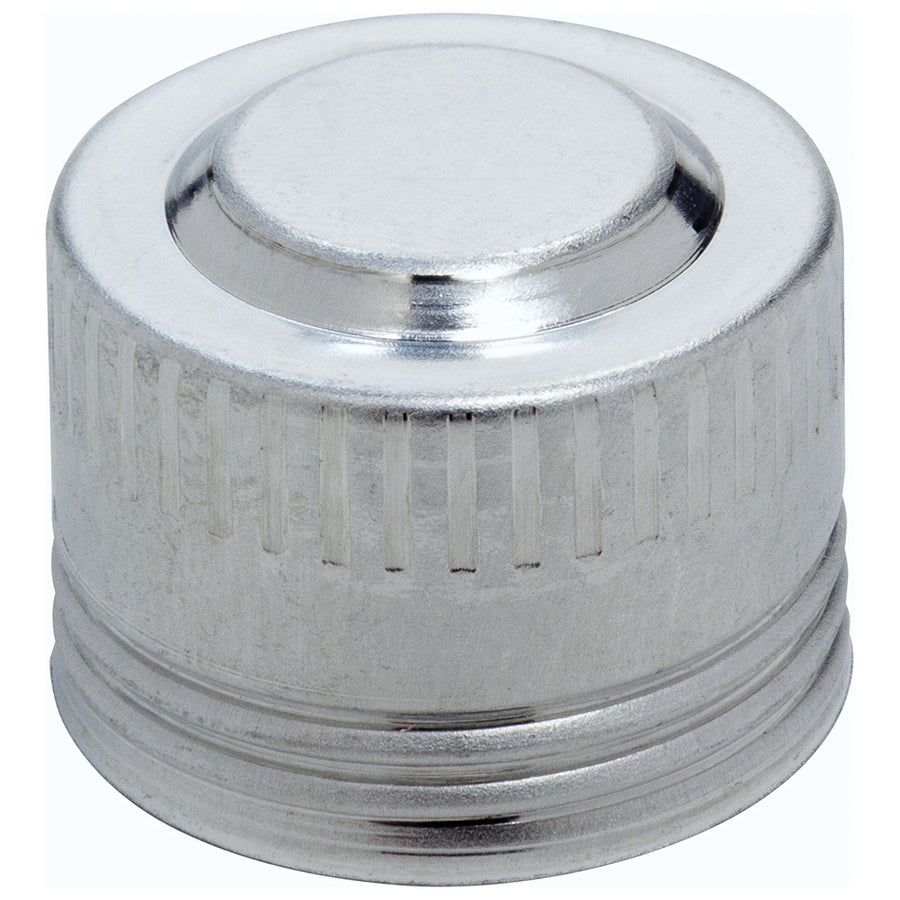
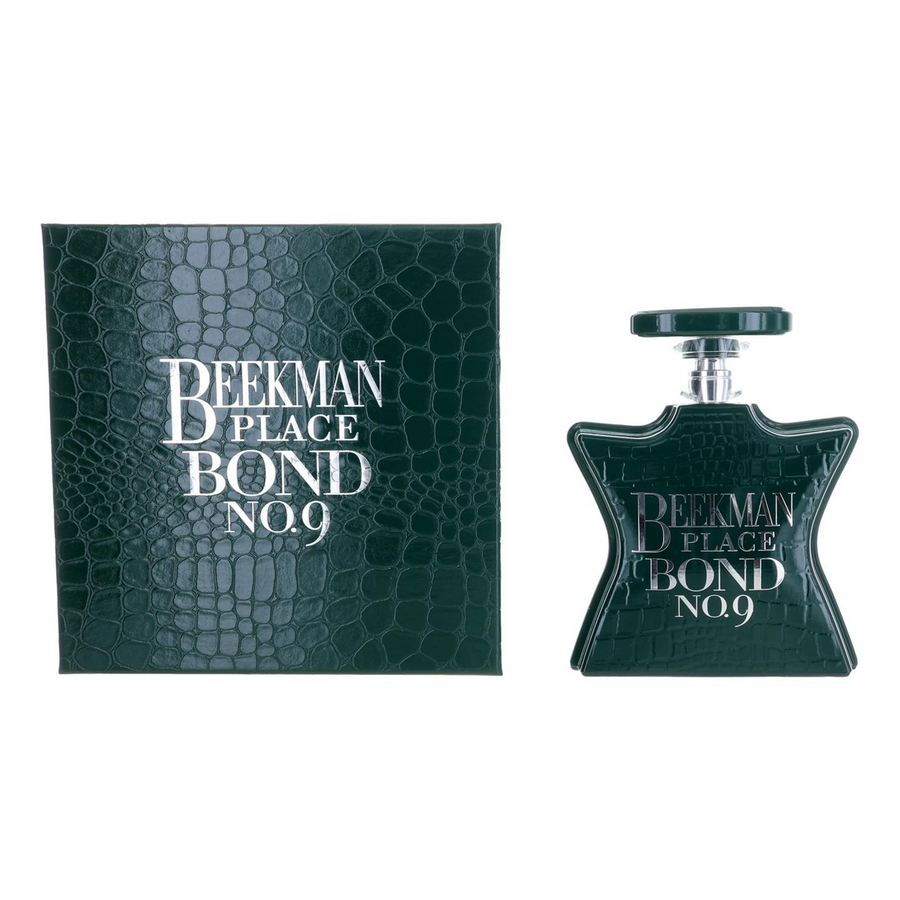

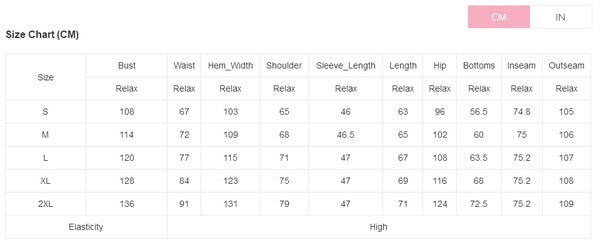




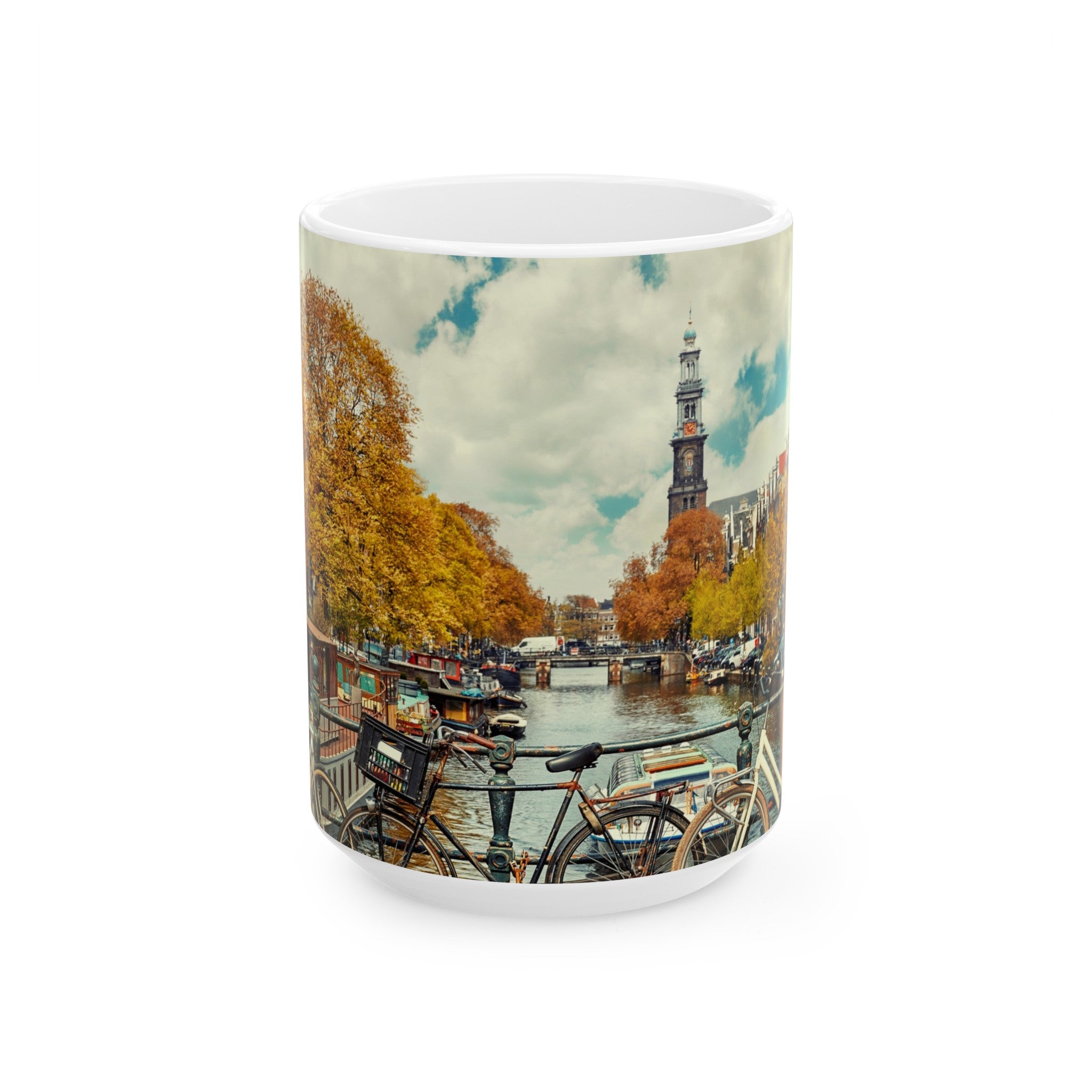
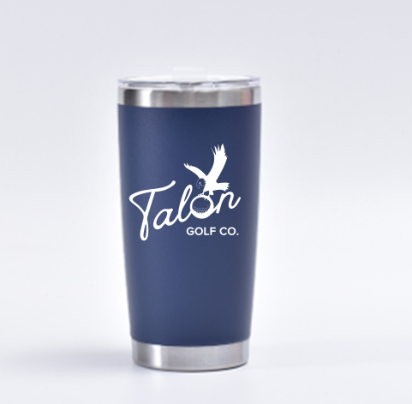



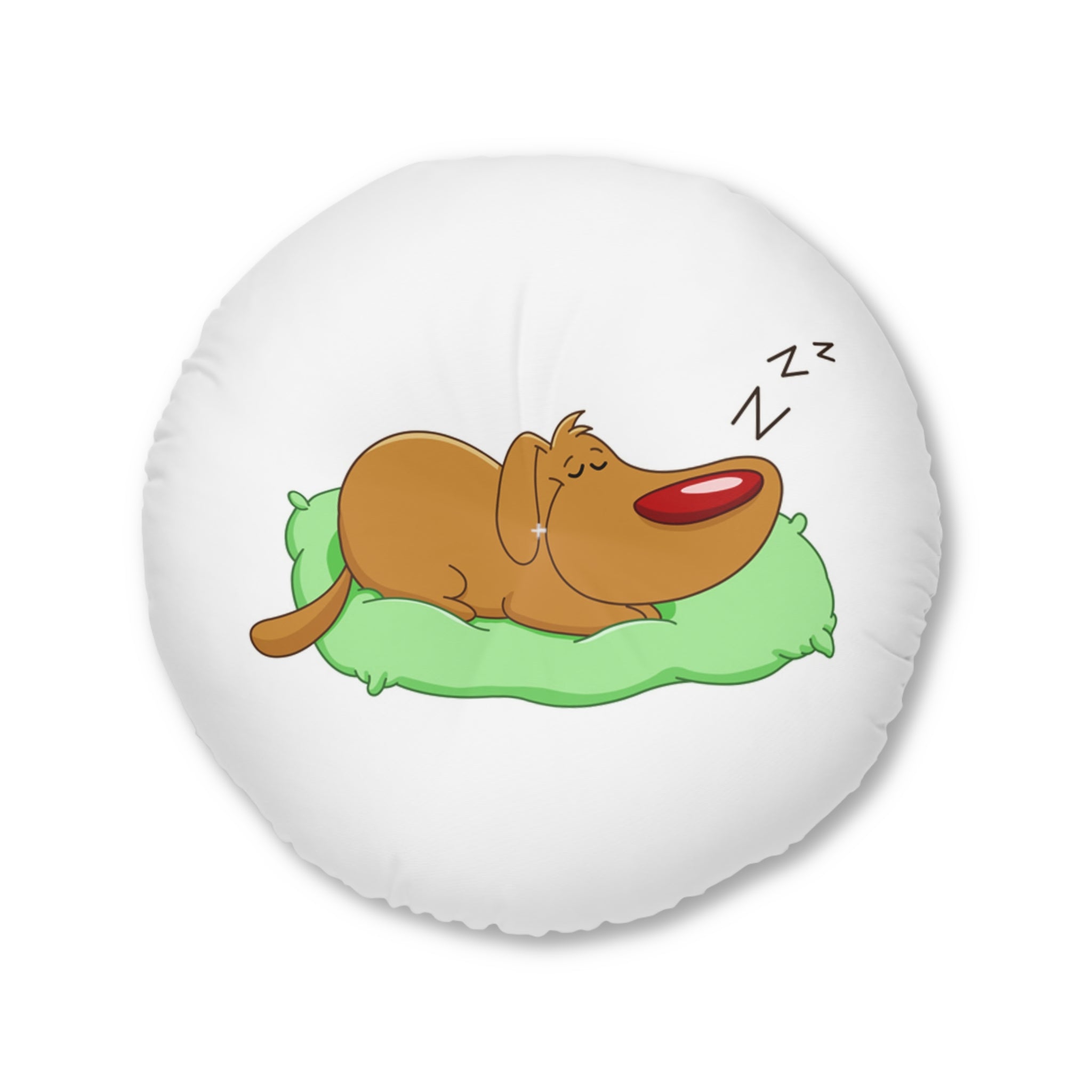


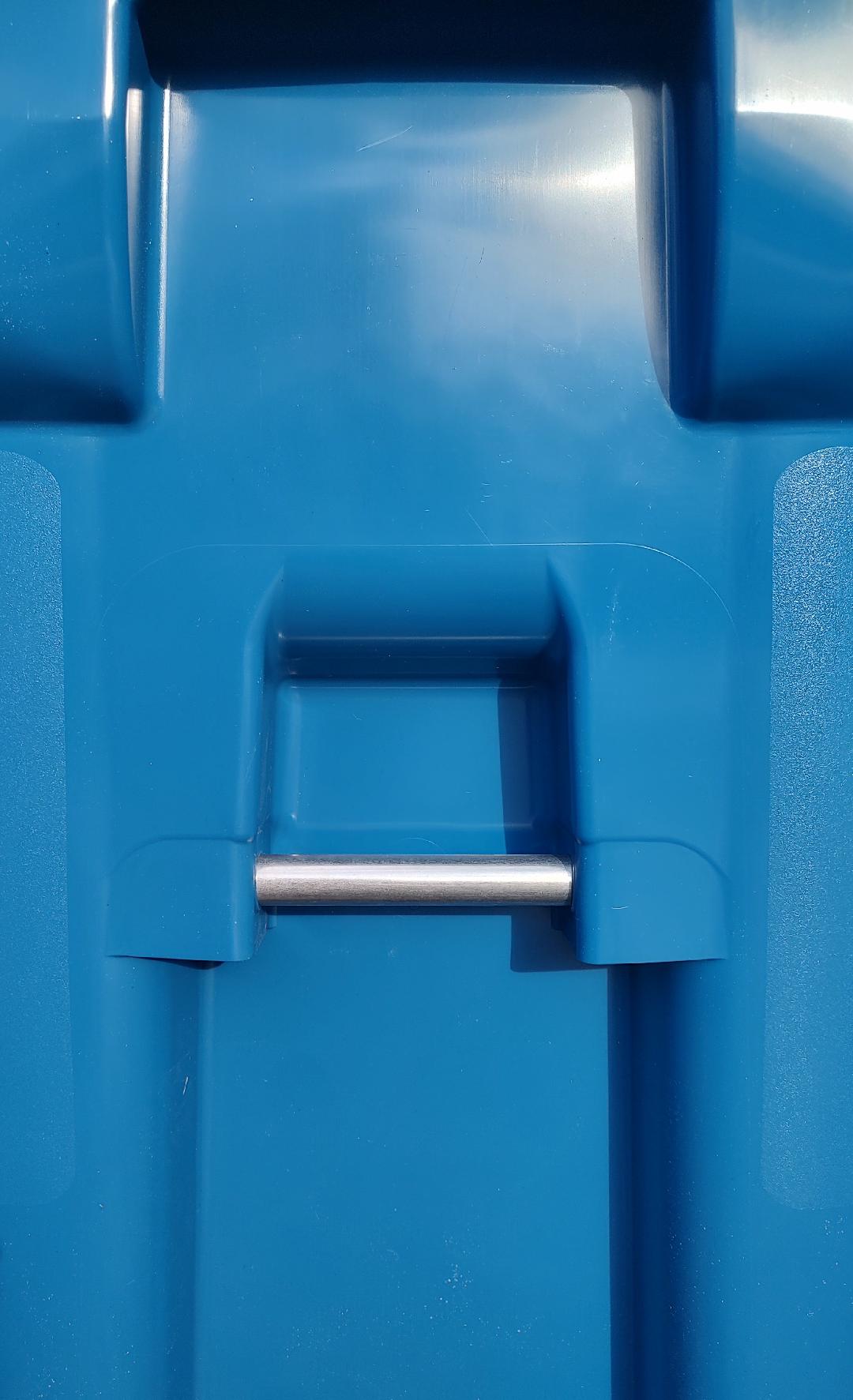


















Leave a comment